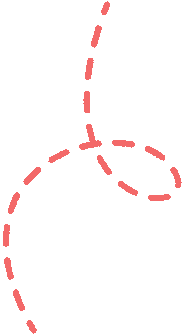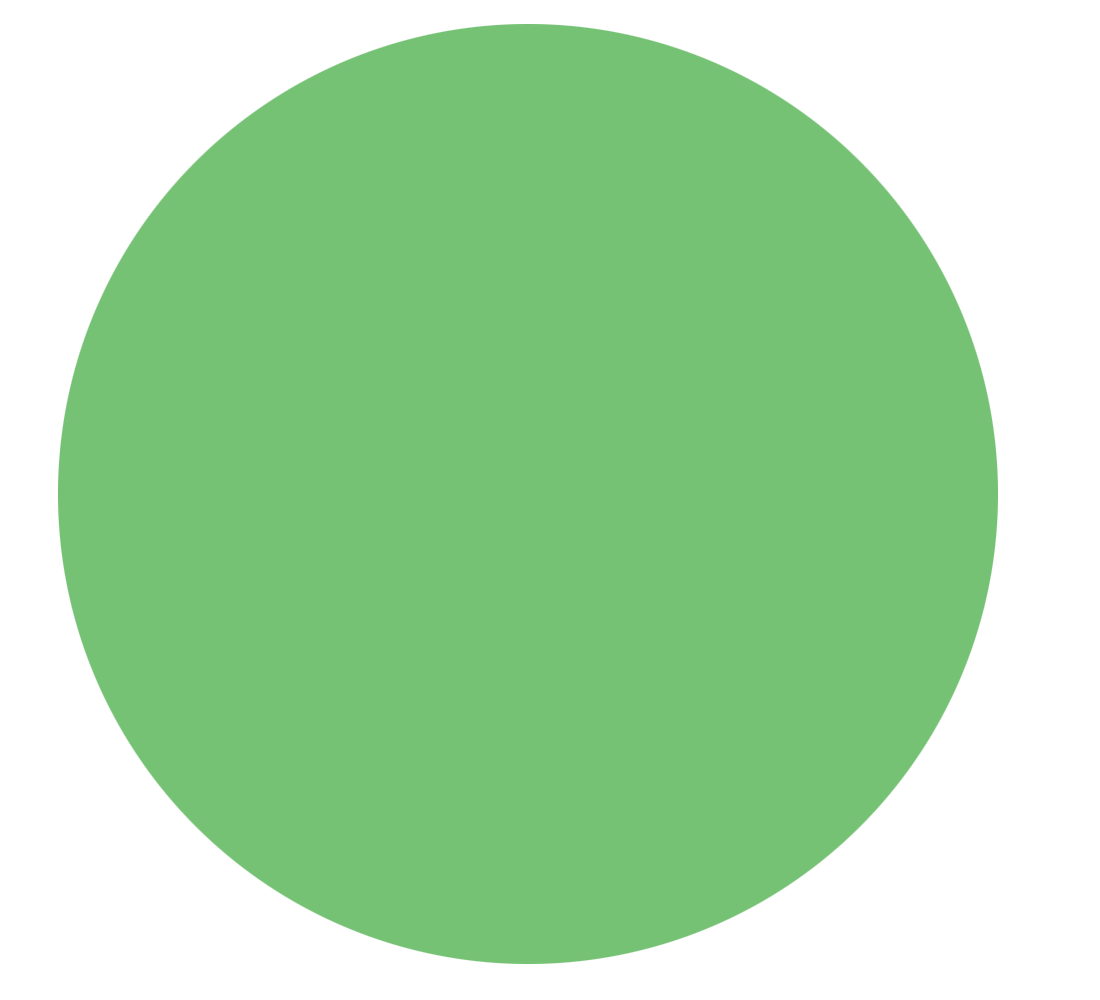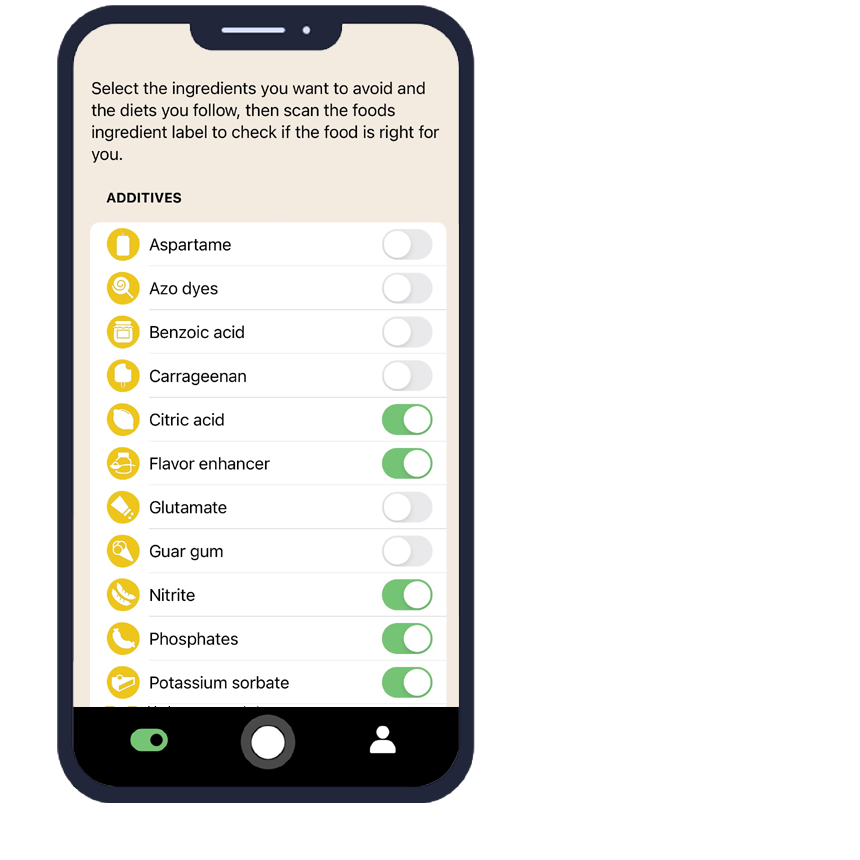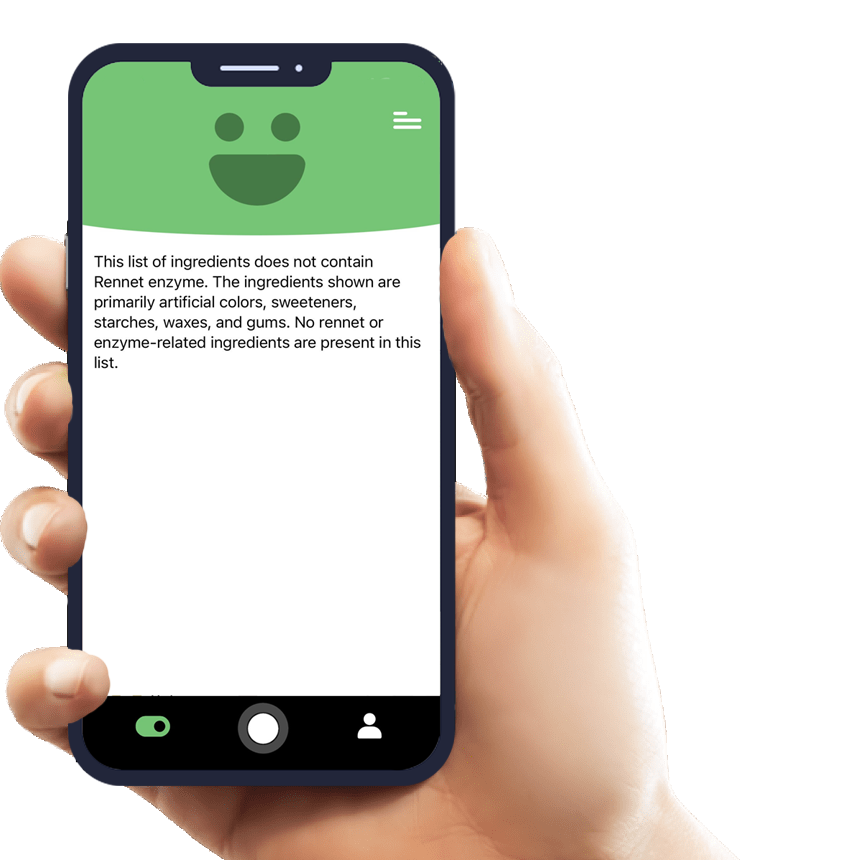Everything You Need to Know About Mushroom in Food and How AI Eat This Can Help
Mushroom is a common ingredient found in countless food products worldwide, yet many consumers remain unaware of its presence in their daily meals. Whether you're dealing with mushroom allergies, following specific dietary restrictions, or simply want to avoid this ingredient for personal preferences, identifying Mushroom in processed foods can be challenging. The AI Eat This mobile app revolutionizes how consumers navigate food choices by instantly scanning ingredient lists and alerting users to the presence of Mushroom and other unwanted ingredients. This innovative technology empowers health-conscious individuals to make informed decisions about their food consumption with unprecedented ease and accuracy.
What Is Mushroom and Where Is It Used?
Mushroom refers to various fungal species commonly used as both whole food ingredients and processed food additives. In the food industry, Mushroom appears in multiple forms including fresh, dried, powdered, and as flavor extracts. These versatile ingredients serve as natural flavor enhancers, umami boosters, and texture modifiers in countless products.
The widespread use of Mushroom in food manufacturing means it can appear in unexpected places. Beyond obvious applications in soups and sauces, Mushroom derivatives are frequently found in seasoning blends, meat alternatives, snack foods, and even some beverages. Food manufacturers often use mushroom extracts to create savory profiles without explicitly highlighting their presence on front-of-package labeling.
Common Foods Containing Mushroom
Understanding where Mushroom typically appears helps consumers make more informed choices. Here are the most common food categories containing this ingredient:
- Processed soups, broths, and bouillon cubes
- Seasoning mixes and flavor enhancers
- Plant-based meat alternatives and protein products
- Snack foods including chips and crackers
- Frozen meals and ready-to-eat products
- Condiments, sauces, and marinades
- Some nutritional supplements and health products
Is Mushroom Safe? What Does the Research Say?
For the majority of consumers, Mushroom is considered safe and even beneficial when consumed as part of a balanced diet. The U.S. Food and Drug Administration (FDA) recognizes most common edible mushrooms as Generally Recognized as Safe (GRAS) for food use. Similarly, the European Food Safety Authority (EFSA) has established safety guidelines for mushroom-derived food additives used throughout Europe.
Regulatory Approvals and Guidelines
Major health authorities worldwide have extensively studied mushroom safety in food applications. The World Health Organization (WHO) includes various mushroom species in their database of safe food ingredients when properly processed and prepared. These regulatory bodies continuously monitor mushroom-derived additives to ensure they meet strict safety standards for human consumption.
Current research indicates no established upper intake limits for most common food-grade mushroom ingredients. However, regulatory agencies emphasize the importance of proper identification and processing to avoid potentially harmful species that may contaminate food supplies.
Risks for Specific Groups
While generally safe, Mushroom can pose risks for certain individuals. People with mushroom allergies may experience reactions ranging from mild digestive discomfort to severe allergic responses. Additionally, some individuals following specific dietary restrictions for religious, cultural, or health reasons may need to avoid Mushroom entirely.
Who Should Avoid Mushroom?
Several groups of people may need to carefully monitor or completely avoid Mushroom in their diet. Understanding these circumstances helps determine whether using tools like AI Eat This becomes essential for safe food consumption.
Individuals with diagnosed mushroom allergies represent the most critical group requiring complete Mushroom avoidance. These allergic reactions can manifest as skin irritation, digestive issues, respiratory problems, or more severe systemic responses. Even trace amounts of Mushroom in processed foods can trigger reactions in highly sensitive individuals.
People following certain dietary restrictions may also need to avoid Mushroom. Some religious dietary laws have specific guidelines regarding fungal ingredients, while individuals with compromised immune systems might be advised to limit mushroom consumption. Additionally, those following elimination diets or managing specific digestive conditions may temporarily or permanently exclude Mushroom from their meals.
How Does AI Eat This Help You Avoid Mushroom?
The AI Eat This app transforms the challenging task of identifying Mushroom in food products into a simple, instant process. By leveraging advanced artificial intelligence and image recognition technology, the app scans ingredient lists in any language and immediately alerts users to the presence of Mushroom and other unwanted ingredients.
Users simply point their smartphone camera at any food package's ingredient list, and the app instantly analyzes the text. Within seconds, AI Eat This identifies whether Mushroom appears in the product, regardless of how it's listed or in what language the ingredients are written. This feature proves invaluable for travelers, multilingual households, or anyone shopping for imported products.
The app's personalized filter system allows users to create custom profiles based on their specific dietary restrictions. Once configured to avoid Mushroom, the app maintains these preferences across all future scans, creating a seamless shopping experience. Users can also set up profiles for family members with different needs, making grocery shopping more efficient for households with varying dietary requirements.
Tips for a Mushroom-Free Diet
Successfully avoiding Mushroom requires strategic planning and consistent vigilance, but several practical approaches can simplify this process. Reading ingredient labels remains the fundamental skill, though AI Eat This significantly streamlines this task by automating the detection process.
Focusing on whole, unprocessed foods naturally reduces Mushroom exposure since these ingredients most commonly appear in manufactured products. Fresh fruits, vegetables, plain meats, and basic grains typically don't contain hidden mushroom additives, making them safer choices for sensitive individuals.
When dining out, communication with restaurant staff becomes crucial. Many restaurants use mushroom-based seasonings or broths without prominently featuring this information on menus. Asking specific questions about ingredients and preparation methods helps ensure meal safety.
Building relationships with trusted food brands that clearly label their ingredients can also simplify shopping. Many companies now cater to consumers with dietary restrictions by providing detailed ingredient information and maintaining consistent formulations.
The Future of Food Safety and Dietary Management
Technology continues revolutionizing how consumers manage dietary restrictions and food safety concerns. AI Eat This represents the cutting edge of this transformation, making previously time-consuming tasks instant and accessible. As food manufacturing becomes increasingly complex, tools like this app become essential for maintaining dietary compliance and personal health goals.
The app's ability to scan ingredients in multiple languages addresses the growing globalization of food markets. Consumers no longer need to guess about unfamiliar ingredients or struggle with foreign language labels when traveling or purchasing international products.
Conclusion
Understanding Mushroom's presence in food products and managing its avoidance doesn't have to be overwhelming. Whether dealing with allergies, following dietary restrictions, or making personal health choices, having the right tools makes all the difference. AI Eat This simplifies the complex task of ingredient identification, putting food safety and dietary control directly in consumers' hands. The app's instant scanning capabilities, multilingual support, and personalized filtering system create an invaluable resource for anyone seeking to avoid Mushroom in their diet. Take control of your food choices and protect your health by downloading AI Eat This for free testing today!

70 filters
With over 70 filters, you can easily avoid certain ingredients and follow your dietary preference.

Paleo

Pescetarian

Ultra-processed food

Vegan







































































